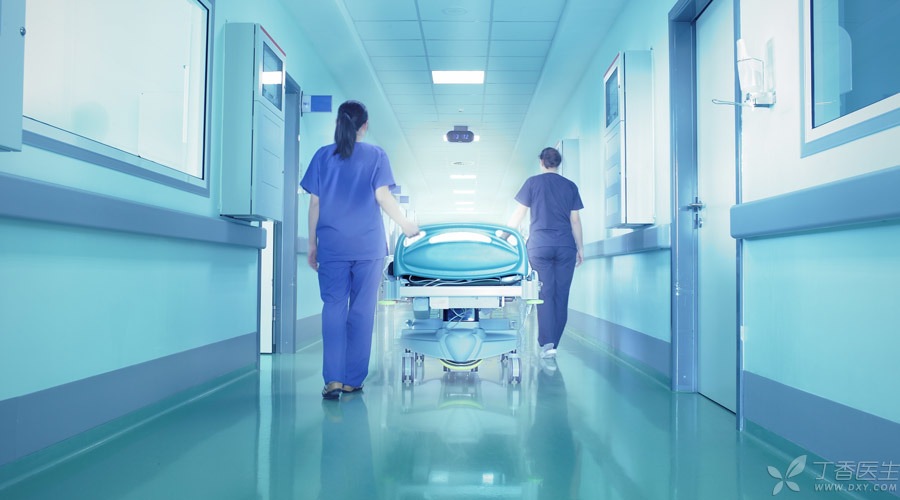
More than 90% of the world’s diseases are incurable. After the patient gets sick, he can still survive for many years.
In the follow-up treatment process, in addition to surgery and drugs, rehabilitation treatment is often needed because diseases may cause some dysfunction of patients. At present, our country does not include tumors into the category of chronic diseases. But in fact, tumor is also a chronic disease, and chronic disease management should include tumor.
Who is the recovery of tumor?
Who will be in charge of the long period from the end of tumor treatment to the end?
According to 2015 data, the five-year survival rate of cancer in the United States is 66%, compared with 31% in China. From the discovery of tumor to treatment, it is usually only a few days or weeks.
Since then, the patient has survived with the disease until his deathbed, which is still a long time, possibly decades. Who will be in charge of this period of time? If no one is in charge, it will become [witch doctor] to take charge!
However, this period of time is often forgotten. Therefore, we remind that tumor patients should pay attention to this period of time, and rehabilitation doctors should pay more attention to this period of time.
From another perspective, China now has more than 30 million living tumor patients. Apart from the more than 3 million new cases, the remaining 27 million are the focus of tumor rehabilitation.
Can tumor rehabilitation do some what?
Cancer itself, or side effects and complications caused by treatment, may lead to dysfunction, physical disability and psychological disorders of patients.
Tumor rehabilitation is to promote patients to get maximum recovery in physical, psychological, social and professional aspects through comprehensive guidance and treatment. Strive to prolong life and even cure.
The four major directions of tumor rehabilitation that rehabilitation doctors are concerned about include:
1. Physiological dysfunction
Dysfunction is very common in cancer patients. For example, lymphedema after breast cancer surgery or radiotherapy is very common. 50% ~ 56% of patients have this problem within two years after treatment, and most of them occur within six months to one year after treatment.
Another example is the reduction of joint range of motion after treatment of head and neck, breast and thoracic cancers. These need to be solved through rehabilitation treatment.
2. Mental dysfunction
Anxiety, irritability, depression and other psychological problems are also common in tumor patients, with an incidence rate of 40%. We help patients through rehabilitation exercise combined with drugs and sleep adjustment.
Step 3: Pain
The incidence rate of pain in cancer patients reaches 50%, and even reaches 70% in cancer spread patients. Pain treatment is not just drugs. Don’t forget, exercise can produce endorphins, which have analgesic effects. Real rehabilitation treatment will combine drugs, exercise, physical therapy, psychological therapy, etc. to solve the pain problem.
4. Weak physique
Physical weakness is a particularly critical point in tumor rehabilitation. Three quarters of the patients have weakness and poor appetite.
Now some food companies have also begun to pay attention to the overall nutrition problem and have produced some [special medical foods] aimed at different tumor types.
Cancer recovery is good for the whole society.
The aim of tumor rehabilitation is to improve the quality of life, While improving the quality of life, It is reducing the burden on the whole society. In the United States, the loss of labor resources caused by cancer amounts to 120 billion US dollars per year. We propose to include tumor rehabilitation in medical insurance-tumor rehabilitation will restore the working ability of a considerable number of tumor patients, reduce the recurrence of tumors, and then reduce medical expenses to avoid labor loss.
Not only the patients themselves, but also the family members of the patients can be freed from the care work and resume normal life and work. This has a very positive effect on the society and can reduce the overall tumor medical consumption.
The hope of life should be given to all patients.
Cancer patients have a self-healing rate of 5%. This proportion is really very low, but it is your turn to be 100%, and the hope of life should be given to all patients.
No doctor can guarantee 100% cure, but at the same time no doctor can guarantee 100% mortality. As long as there is 1% hope, doctors, patients and their families should make 100% efforts.
